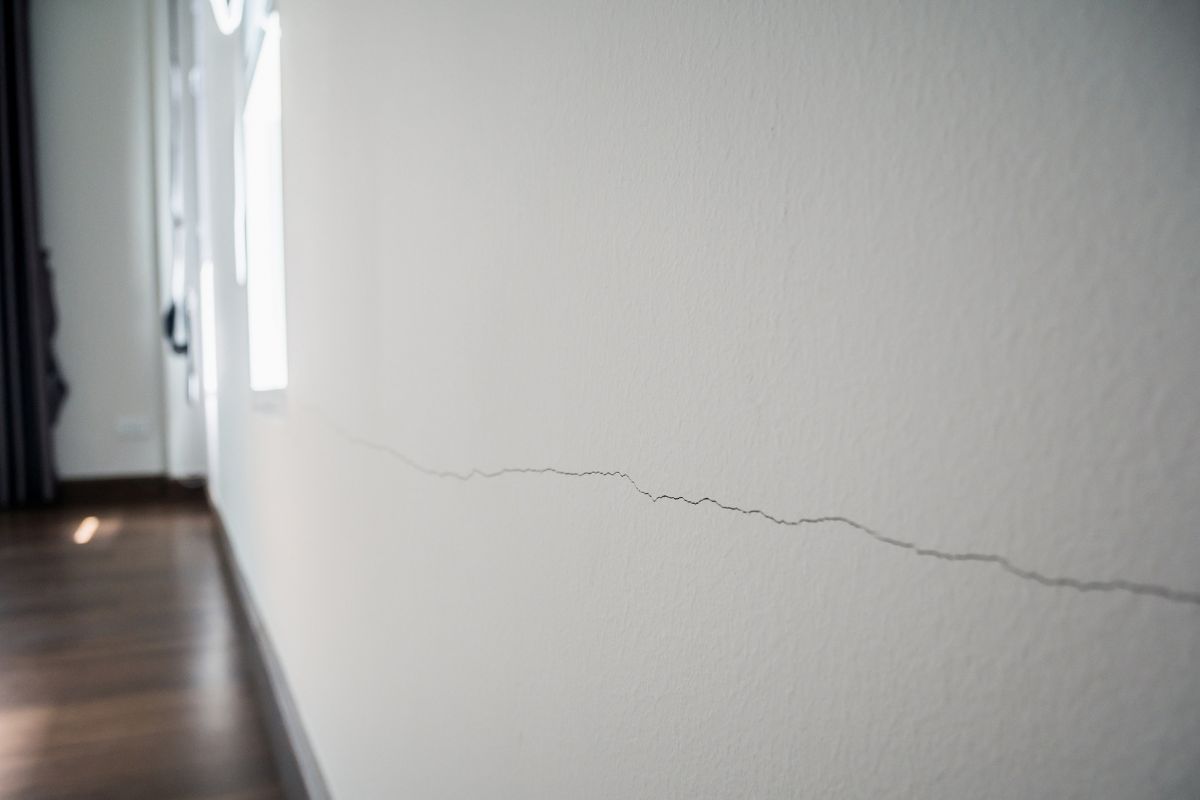How to know if a wall crack is serious is important information for property owners. These cracks are almost always caused by foundation movement. However, this doesn’t necessarily mean that structural damage is present.
Because cracks in walls are often caused by minor movement, every crack isn’t a cause for concern. Read on to learn more about the good news, the bad news, and what you might need to do.
How to Know if a Wall Crack is Serious: Causes of Wall Cracks and When Should You Worry
It’s important to know that wall cracks can be caused by structural damage. Some of the possible culprits include:
- Severe wind storms, including tornadoes
- Seismic activity
- Drainage issues
- Vibration from heavy equipment
- Expansive soil
When the cracks have been caused by structural damage, they are more obvious. However, the good news is that the underlying issue is something a foundation repair specialist can handle.
What Are the Most Common Types of Wall Cracks?
An important thing to know about how to tell if a wall crack is serious is that cracks of concern may appear in the interior or exterior walls. Some of the most typical walls cracks you may see include:
Horizontal Cracks – These cracks are usually caused by soil pressure. When the ground becomes saturated, as may happen after heavy rainfall or during snowmelt, pressure against the building exterior becomes a problem. Bowing or buckling, possibly resulting in the wall caving in, is a concern.
Stair Step Cracks – Concrete blocks or brick exteriors may experience cracks between the blocks. Soil pressure or settlement may cause these cracks, which get their name from the stair-step pattern. When these cracks are present, your foundation will require repair.
Vertical Cracks – Soil settlement is usually behind these cracks, which tend to be large. The soil settlement process exerts pressure on the walls, leading to cracks. These cracks are a sign of water penetration, which will require repair to prevent damage.
How to Know if a Wall Crack is Serious Based on Certain Factors
Any wall crack that involves structural damage needs to be treated as serious. However, some signs indicate especially serious problems that you need to know.
Cracks that involve the ceiling or floor, as well as the wall, are more serious. An example is a crack going down a wall and spreading across the floor. There is certainly structural damage afoot when you have this type of crack.
Whenever a crack runs the entire wall length, it is serious. Bowing accompanying such cracks makes repair all the more urgent.
Cracks caused by gaps between the wall and ceiling or wall and floor are also likely to be problematic. There is usually substantial foundation movement involved with such cracks.
The larger a crack, regardless of the type, the more likely there is a problem that needs addressing. Whenever a crack is larger than a hairline sie, it is better to err on the side of caution.
What Are Your Next Steps If You Have Wall Cracks?
Repairing large wall cracks caused by foundation issues is not a DIY task. Anything more than very small hairline cracks requires expert analysis from a foundation specialist. Otherwise, you may perform a cosmetic repair that does not address the issue.
It is always better to have your cracks inspected for signs of foundation damage when in doubt. Even if foundation issues have not caused the cracks, you may benefit from finding out what steps can help keep your foundation in top shape.
Olson Foundation Repair can help with all your foundation issues including how to tell if a crack is serious, so contact us today to see how we can help you.

